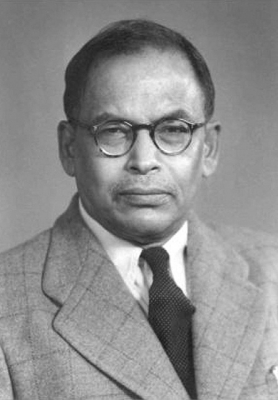ARTIFICIAL SATELLITES AND SPACE TRAVEL

Name the first Indian satellite launching vehicle (SLV).
SLV-3 was the first satellite launching vehicle developed in India. It was fabricated at the Vikram Sarabhai Space Centre, Thiruvananthapurum, and Kerala. It was later replaced by the augmented version ASLV.

Which was the satellite first launched by SLV-3?
Rohini-I launched in 10 August 1979 from Sriharikota (Andhra Pradesh) went into orbit but could not accomplish its mission due to some snags. A “stretched” version was launched successfully on 20 May, 1992.

Name the Indian satellite used exclusively for remote sensing?
Indian Remote-sensing Satellite (IRS). The first satellite IRS-1A went into a Sun-synchronous polar orbit on 19 March 1988 enabling it to concentrate on specific areas and register optical as well as radiation images.









